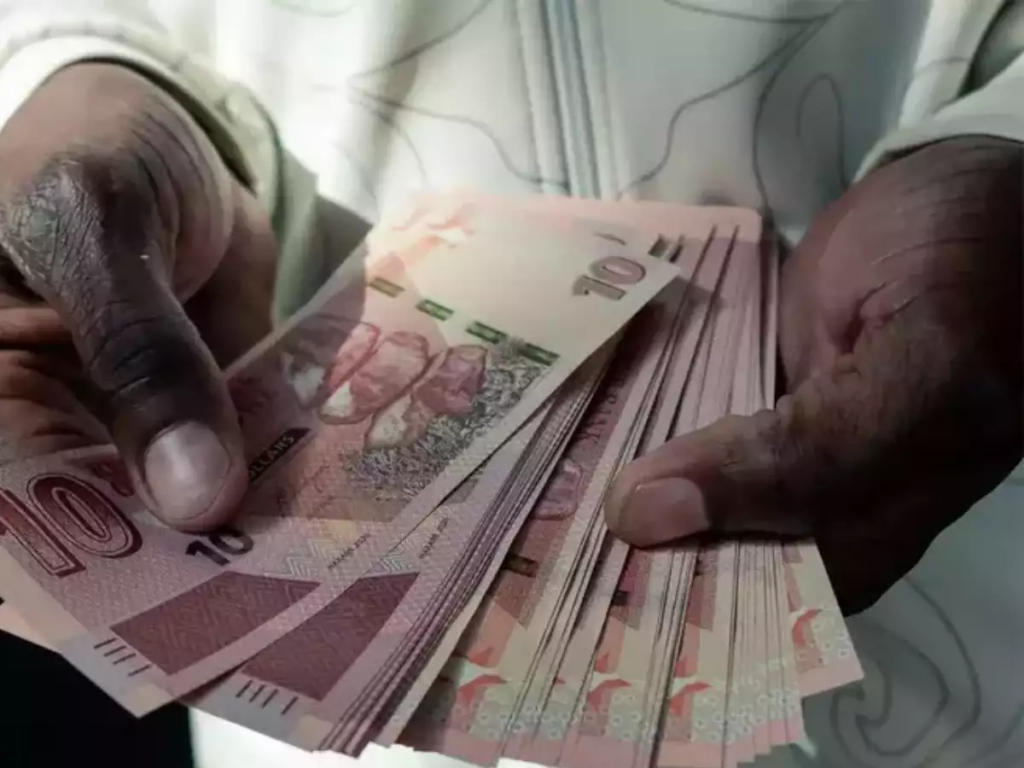The government of Zimbabwe attributes the country’s high inflation rate, which reached 192% in June, to “greedflation.” Greedflation refers to inflation driven by businesses increasing prices for greater profits rather than underlying economic factors.
The Zimbabwean government accuses businesses of unjustifiably raising prices, despite no significant increase in the cost of imported goods. They have warned businesses engaging in price-gouging of potential consequences.

In 2009, Zimbabwe abandoned its own currency due to hyperinflation, where prices skyrocketed by millions of percent within months. Currently, the country utilizes a mix of foreign currencies, including the US dollar and the South African rand.
The government expresses its commitment to controlling inflation. However, economists caution that addressing the issue of greedflation may be challenging, given its association with individual business behavior.
Here are some of the factors that are contributing to inflation in Zimbabwe:
- The country’s economic recovery has been slow, which has put pressure on prices.
- The government has increased spending in recent months, which has also contributed to inflation.
- The war in Ukraine has disrupted global supply chains, which has pushed up the prices of imported goods.
The government has said that it is taking steps to address these factors, but it is too early to say whether these measures will be effective. In the meantime, Zimbabweans are facing a difficult economic situation, with prices rising and wages remaining stagnant.
